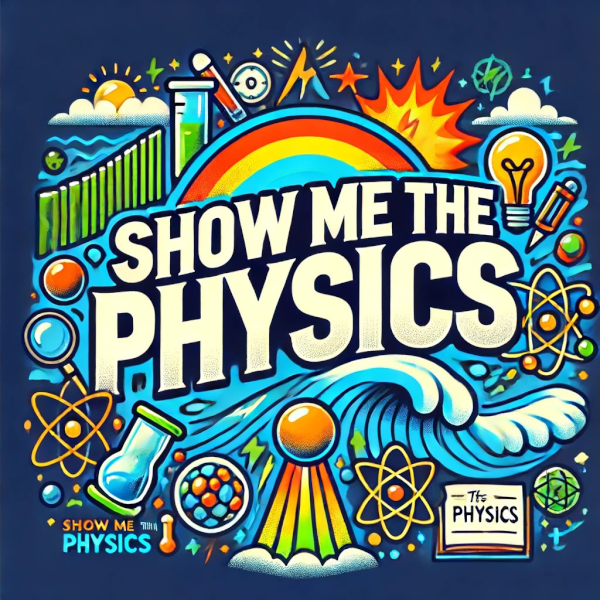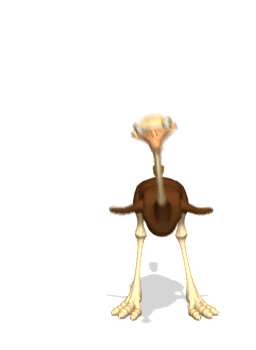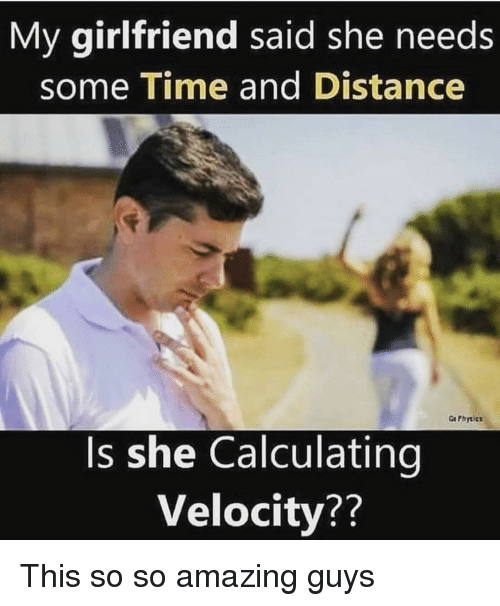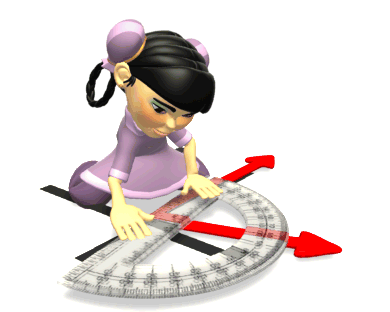![]()
![]()

Motion Equations
|
Review
Drag and drop the runners a) constant velocity b) acceleration
|
Video Instruction
showmethephysics.com
|
|
E. Solving Problems
using the motion equations
|
Ex 3) Starting from rest, an object accelerates at a rate of 12 m/s2. What is the velocity of the object at the end of 3.0 seconds? |

Motion Map
1st sec / 2nd sec / 3rd sec

12 m/s / 24 m/s / 36 m/s

Ex 3) Starting from rest, an object accelerates at a rate of 12 m/s2. What is the velocity of the object at the end of 3 seconds?
Vi = 0 (Starting from rest)
a = 12 m/s2
Vf = ?
t = 3.0 seconds
a = (Vf - Vi)/t
12 m/s2 = (Vf - 0)/3.0 secs
(Cross Multiply and Solve)
Vf
= 36 m/s

Ex 4) An object at 100. m/s accelerates at a rate of 120. m/s2. What will the velocity of this object be after .10 seconds?
Underline Info
Ex 4) An object at 100. m/s accelerates at a rate of 120. m/s2. What will the velocity of this object be after .100 seconds?
a = (Vf - Vi)/t
120. m/s2 = (Vf - 100. m/s)/.100 s
• Cross Multiply
12.0 = (Vf - 100.)
Vf = 112 m/s
3 ways to have non-zero acceleration
(to change velocity):
• Speed Up

• Slow Down

• Change Direction

F. Motion Terms and Direction
|
A whole branch of mathematics is required to deal with numbers that have direction
Trigonometry
This is why it is important to know
|
Vector - a quantity that includes magnitude (a number) & direction

ex) displacement, acceleration, velocity
Scalar - a quantity that includes magnitude (a number) only
ex. time, distance, speed

![]()
![]()
Invisible Flame
Show Me The Physics YouTube Channel
©Tony Mangiacapre.,
- All Rights Reserved [Home]
Established 1995
Use any
material on this site (w/ attribution)


